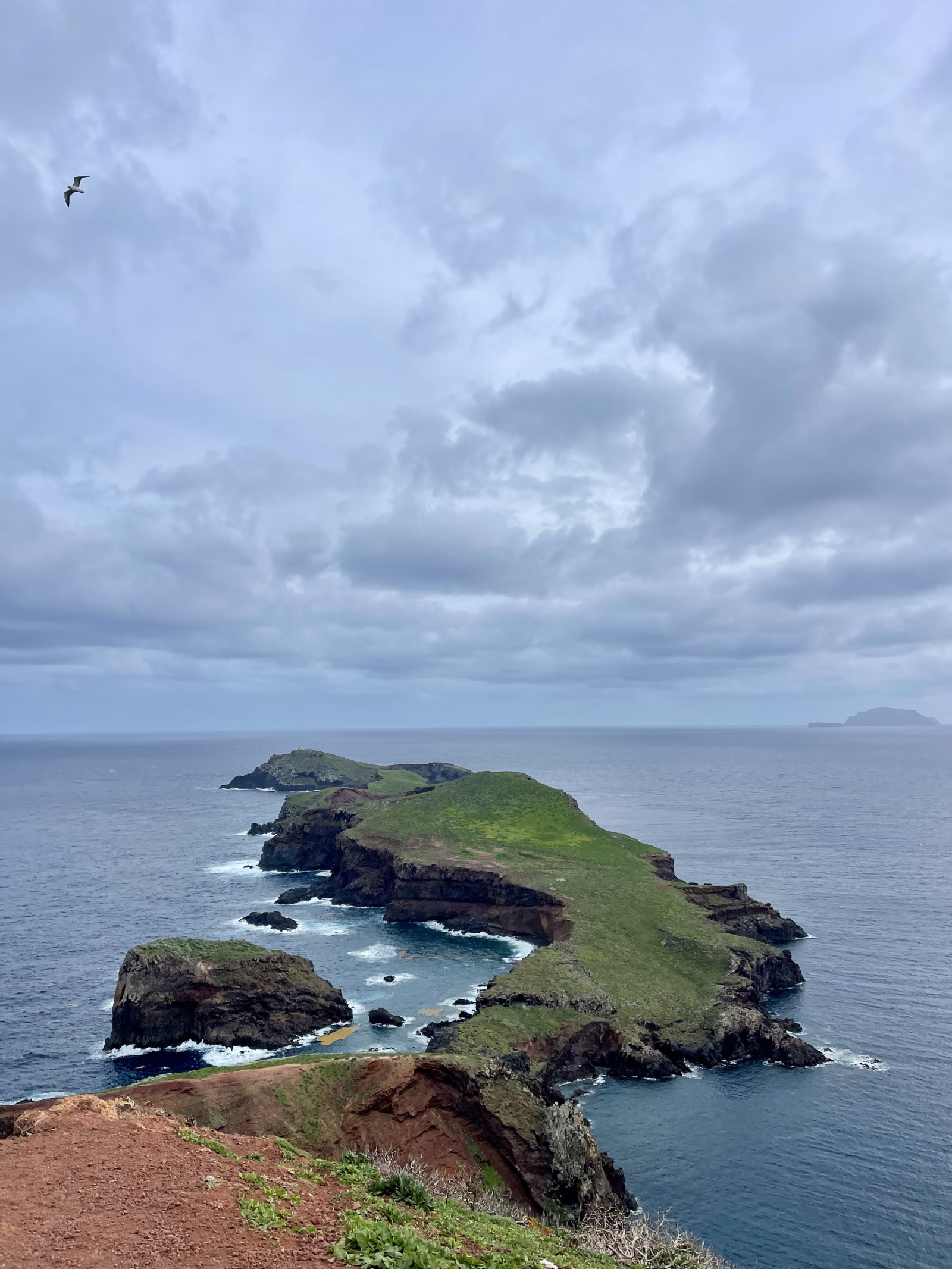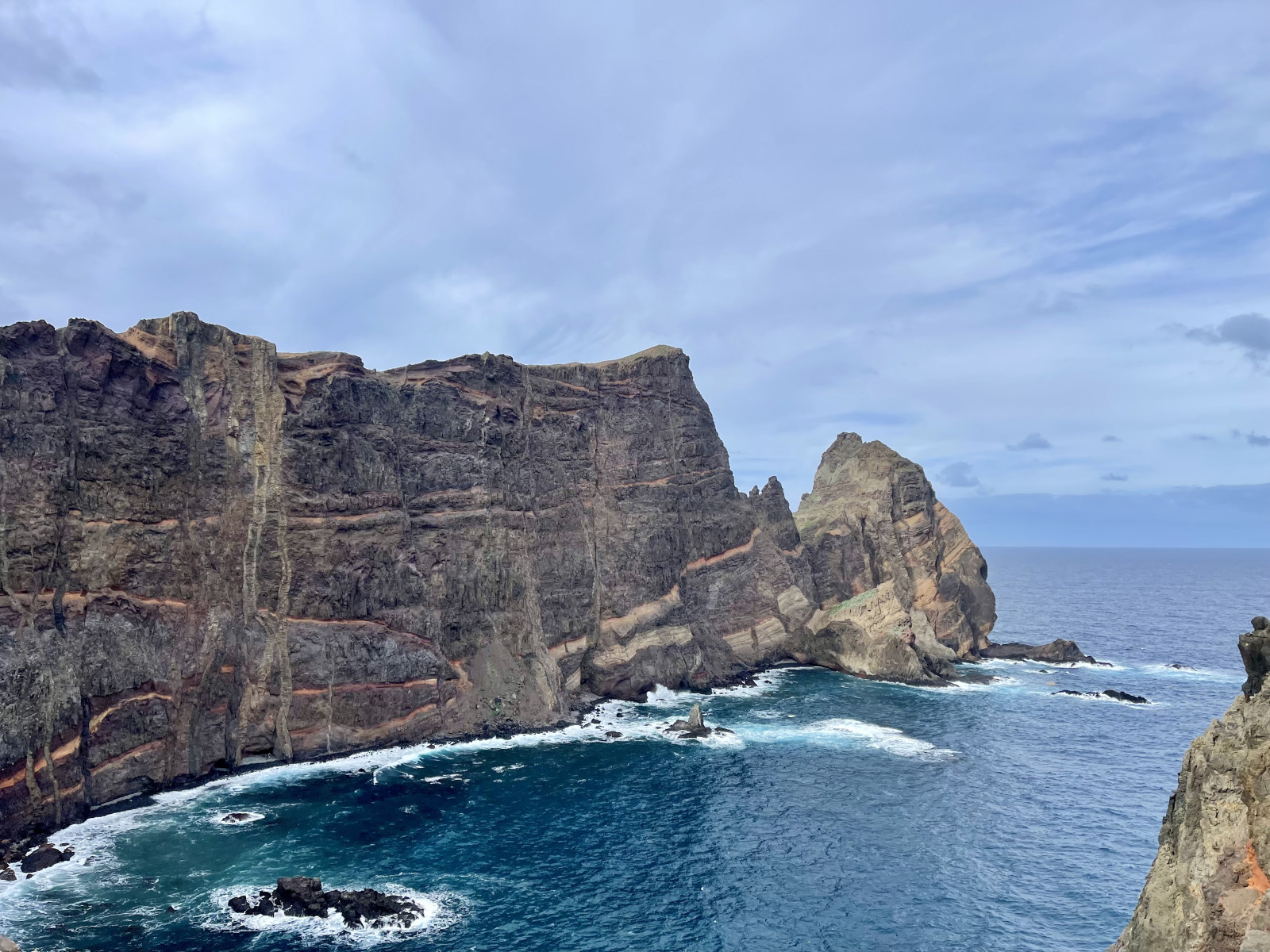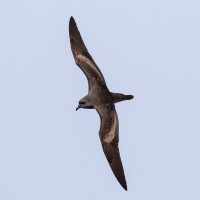Opis
Ponta de São Lourenço is the eastern most point of the island of Madeira and consists of a very rocky peninsula. The area is very dry, sandy and rocky compared to the road towards this part of the island, which leads though lush green forests. A walking trails leads to the Ponta do Furado peak at the end of the peninsula. On the northern side of the peninsula, rough waves crash against the steep cliffs, while on the other side clear blue and calm waters give you magnificent views across the area.
The peninsula is home to a low variety of birds, but for several species, this part of the island is the best place to be! Common birds that can be seen here are large flocks of kanarek and small numbers of swiergotek kanaryjski. The area is one of the best places to find wróbel skalny. Other species that can be found here are dudek, wróbel sródziemnomorski, góropatwa czerwona and jerzyk jednobarwny. The shoreline is a good spot for kulik mniejszy, czapla nadobna and kamusznik.
Several viewing points provide a good overview of the Atlantic Ocean and species like tajfunnik cienkodzioby and burzyk żółtodzioby. There have been claimed some observations of nawałnik białorzytny and petrel maderski near the shore of the peninsula, but those observations have been made from boats.
Szczegóły
Dostęp
The area is accessable from a large parking spot near the peninsula (see P on map). From there, a walking trail leads over the peninsula.



